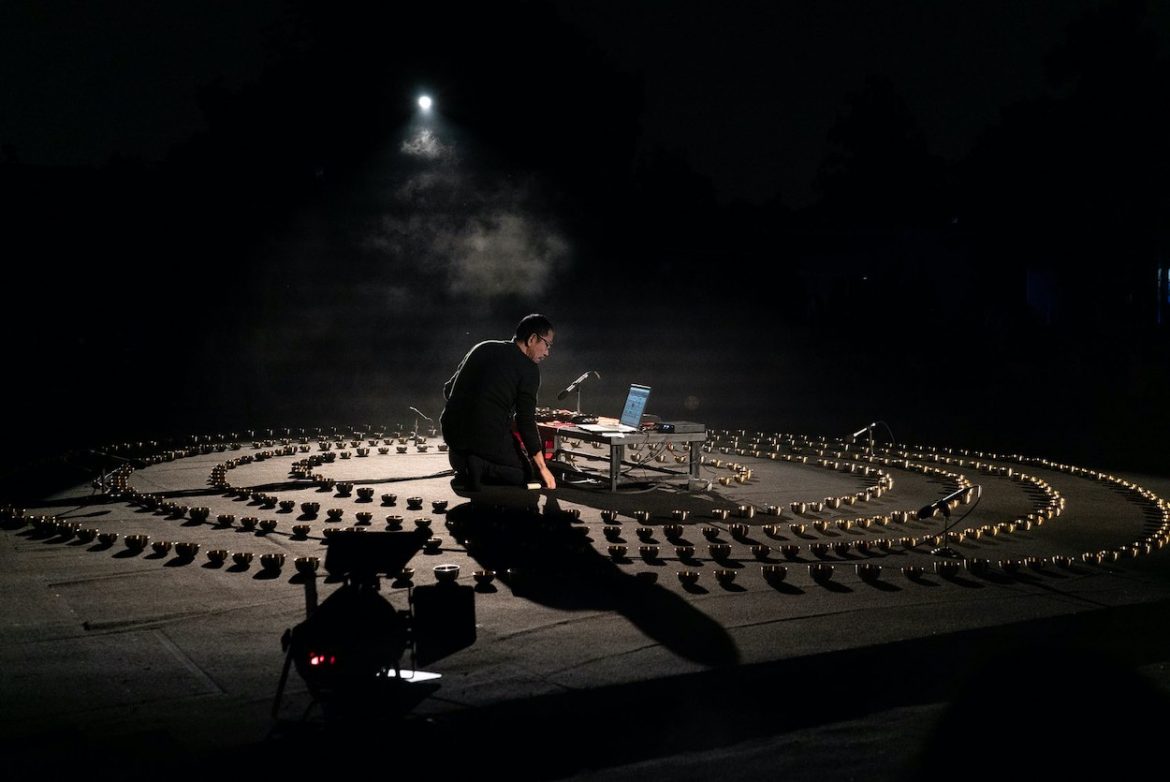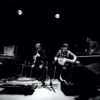Words KAZUYA NAGAYA
I started working on Dream Interpretation in February 2018. It took around six months to produce — not a very long time, but the internal journey that transcended into the music started a long time ago. It started with a tiny change, which is too small to be recognized as an integral part of it, but I was already stepping into it unknowingly.
That step was a change in my reading preferences. I used to read philosophy when I was younger, but have eagerly read books on psychoanalysis for several years now. Jacques Lacan, Freud, and the Freudian psychiatrists mostly, especially the books on case studies. The case study on neurosis was really interesting. I had no idea why I was drawn to it, but I just took it as intellectual curiosity. In the end, this became the first step of my internal crisis. The books I have read became about myself, not someone else.
How deep does a human understand himself? How much does the conscious know about the desire of the unconscious? Consciousness is like the eye of an ant that stares at a huge elephant. The eye of the ant thinks he understands what the huge elephant is but once the elephant steps forward, he will be trampled in a moment. When I realized that most of the case studies I have read could be reflected onto myself — not only about others — I was already in the middle of my crisis. I started to take notes of my dreams, observed ups and downs of my emotions, and talked to myself. Life is full of them and not always easy. Then I started to produce this album: Dream Interpretation.
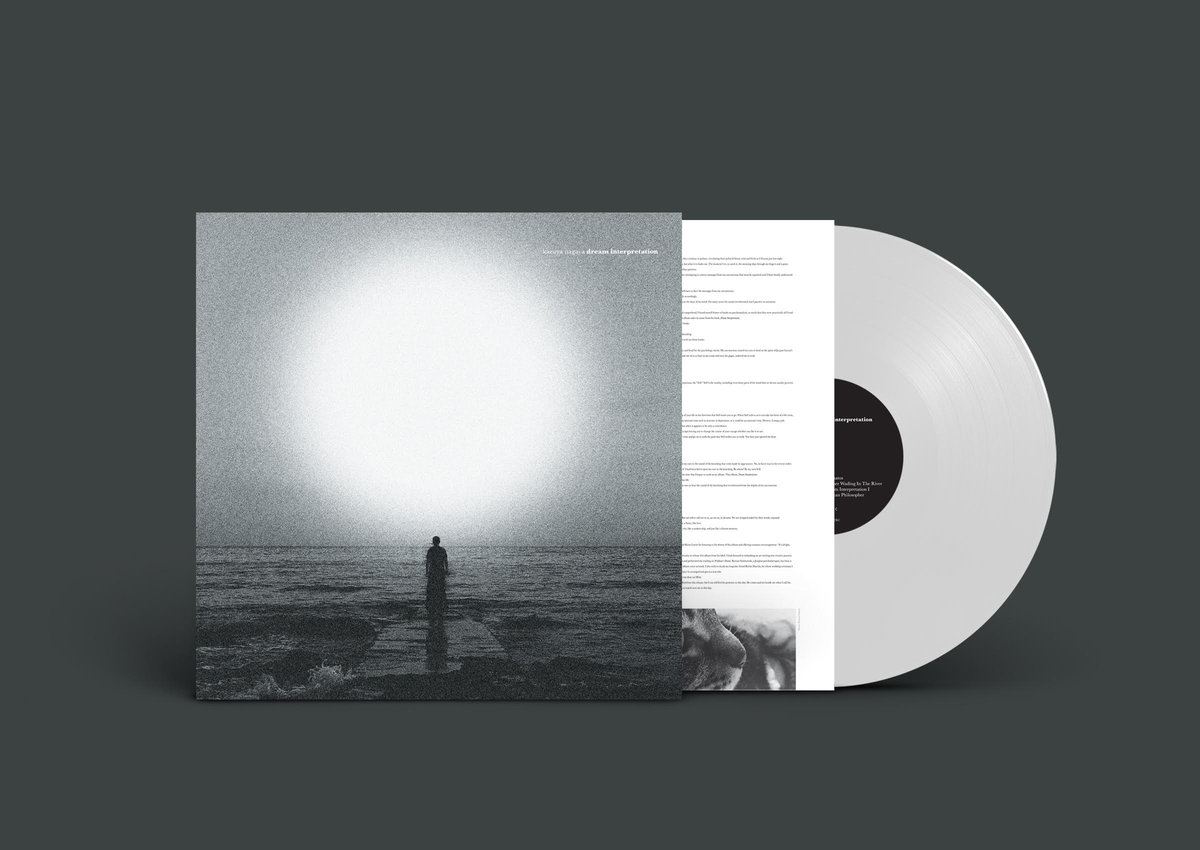
Yes, the unconscious knows so much more than the conscious so they can’t be compared to each other. The unconscious tries to convey what it knows to the conscious by means of premonition, omen, intuition or sentiments. Either by means of unexpected external events such as a traffic accident, bankruptcy, divorce, or losing a job. Or even by means of something spiritual, mystic, and metaphysical. Here’s an example….
I have a friend who is a Zen ascetic. He was a filmmaker when he was younger. One day he lost his consciousness at the subway station, probably from overworking and stress . He tumbled on the ground and stayed unconscious for 15 minutes. Then he saw a vision — his future in every detail. I wrote a book about him and this event, as what he experienced was really extraordinary to me. It’s almost unbelievable, but it’s true, and he is now spending his life exactly as he saw it in his state of unconsciousness. But what showed his future to him? How deep does unconsciousness know our future?
Life is not a flat road. There are so many ups and downs, thick and thin. But C.G. Jung had written most of his important books in his 70s. He bloomed the beautiful flowers of writing after innumerable hard times and tribulations. This fact encourages artists like me and surely many more people. My wish is for this album to be a beautiful flower too, as it came from the tribulations of my own struggles.
“THANATOS”
This song was originally composed for the wedding ceremony of my longtime friend Richie Hawtin. It was later rearranged and given a new title. The composition is in triple measures like chamber music played with strings and organ. Without any intentions, random melodies sometimes come up in my head when I walk my dogs, and those melodies are mostly in triple measures. I imagine that could be because I love movie soundtracks, especially the old ones. Anyway, this piece was composed while walking in the forests and mountains where I live.
“MOTHER WADING IN THE RIVER”
The chant you can hear in this song was for the Japanese girl festival Hinamatsuri, and sung by a woman who dwells in the countryside, deep in the mountains. I find the chant very beautiful, so I composed this song based on it. It sounds like a lullaby, but it was originally sung by a small girl. She sang it for me as she was recalling her childhood, but in modern days, this chant is now disappearing which is really sad.
“DREAM INTERPRETATION I”
This song is based on strings and Japanese singing bowls which are called orin. In the first half of the song, the violin sounds like it’s in triple measure and then it becomes quadruple measure in the second half, when then the other strings come in and add to to the melody.
“Tibetan Philosopher”
Composed with orin. The sounds in the background are also processed orin sounds. Orin is a Buddhist ritual implement in Japan and set in the Buddhist altar that we used to have in every house. People used to hit it when they pray for the dead and are still doing it when they visit temples. Orin is smaller than the ones used in Tibet and Nepal, and the materials are also different.
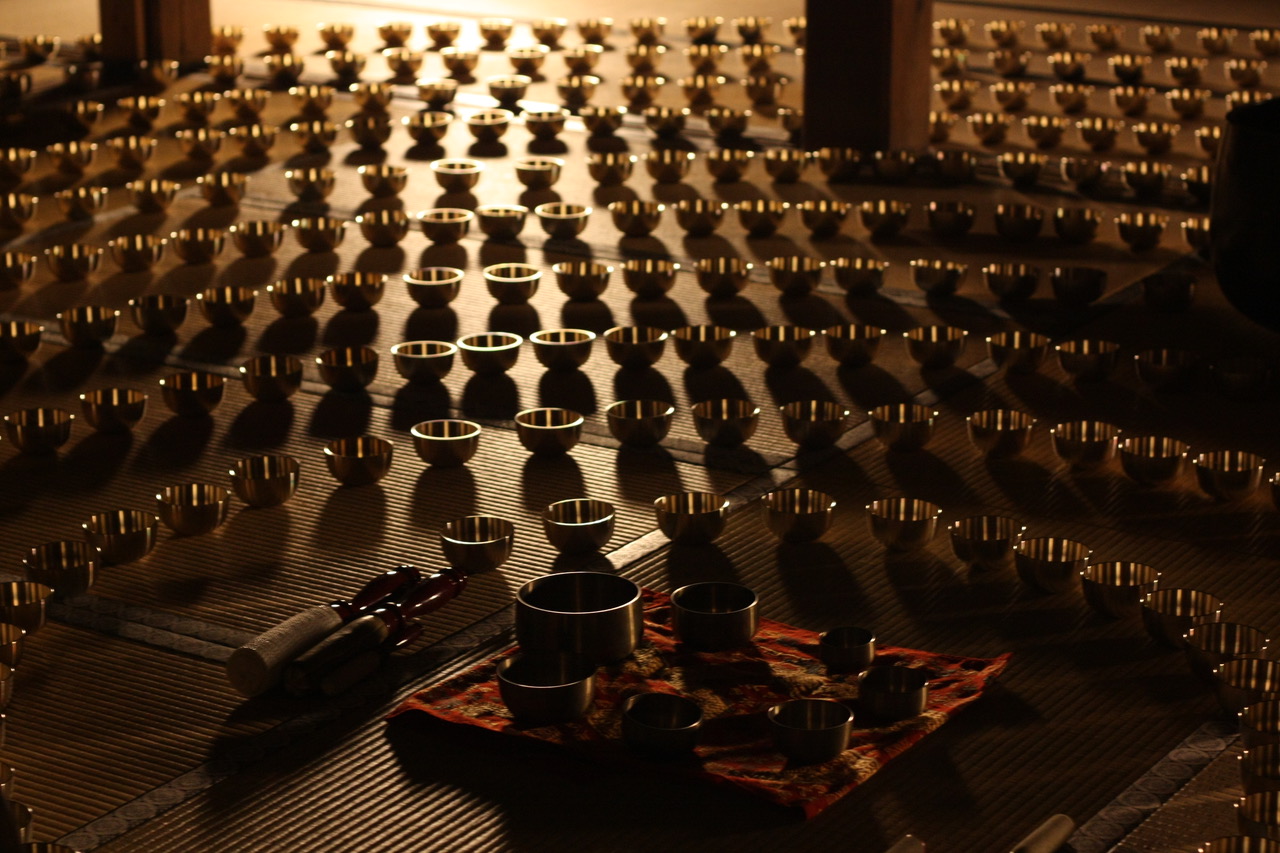
It’s been almost 20 years since I started to use and collect them as musical instruments. Back then, every time I bought orins at the shop where Buddhist ritual items are sold, the clerk looked at me strangely as I bought many of them. Normally it’s good enough to put just one orin in the Buddhist home altar. Not many people would do that what I do. Now I have more than 400 of them. I sometimes put them on stage for my live performances.
“WOLFMAN’S DREAM”
Wolf-man is a nickname for one of Freud’s patients; he picked up his case and wrote a book about him. It’s a very famous case study and several other psychiatrists has since referred to it. The lyrics in the song are from one of his dreams; my German friend read it while I recorded it for the song.
There is an astonishing book called Cryptonymie : Le verbier de l’Homme aux loups written by two psychoanalysts, Nicolas Abraham and Maria Torok, based on the survey of this very interesting patient. The theme of the book is on psychoanalysis of multilingual speakers and what is written there is unbelievable and almost like occultism. It was written in the ’70s and is one of the postmodern philosophy books; Jacques Derrida wrote the preface. It’s all up to you if you believe it or not. I really recommend you read it.
“DREAM INTERPRETATION II”
Composed mainly with a couple of violins and an organ. A folky chant, primitive percussion, and orin were used as well. I wanted to compose this song as something that you could hear and associate as a crossing between Eastern Europe and the Middle East.
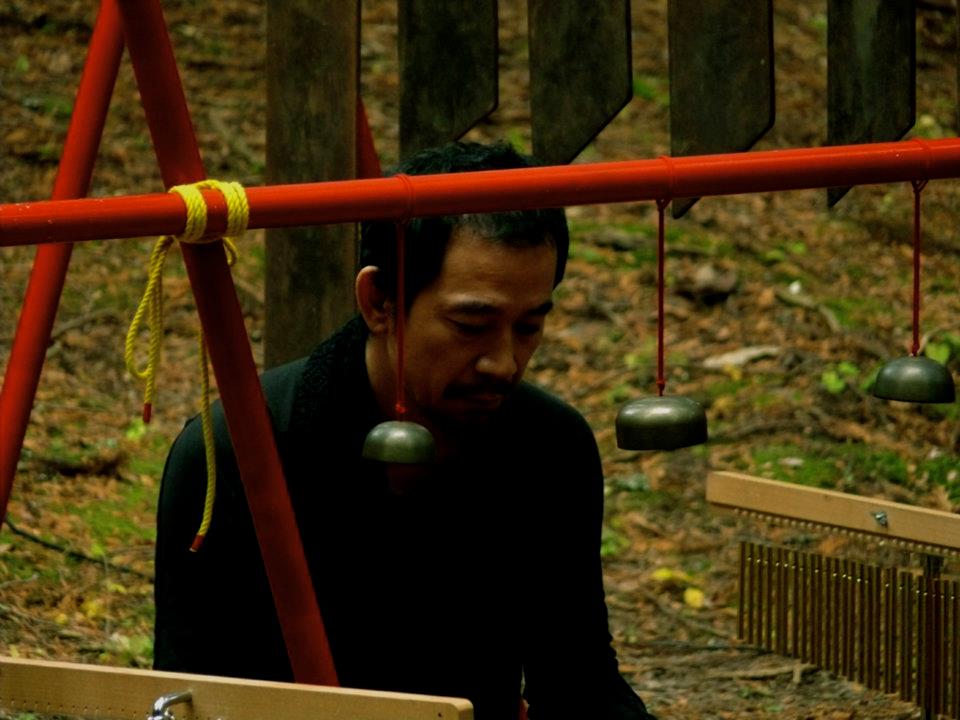
“HEATHEN”
A song with electronic rhythms and the sound of a singing bowl from Nepal. I didn’t want to add this song to the album at first, as the vibe is different from the other songs, but some of my friends liked it and that changed my mind. I suppose “Heathen” means myself, as I’m not a Western composer nor a Japanese traditional composer. I feel I’m in the middle and don’t belong to either side.
“THE BOOK OF SUNKEN MEMORY”
An orin song. I have made several versions of it, but I picked the simplest one. It’s always a perfect match with orin and minimalistic compositions. “Sunken Memory” represents the unconscious and “The Book” represents something which consists of language. The full title means that the unconscious consists of language.
This is what Jacques Lacan insists on, and it’s the total opposite of what C.G. Jung writes. He thinks it’s full of images and not words.
“DREAM INTERPRETATION I OLD THEATRE MIX”
I have loved film soundtracks all through my life, especially some pieces from the ’60s and the ’70s, such as the work of Tarkovsky, Jean-Luc Godard’s movies and Nino Rota’s masterpiece The Godfather.
I wish to someday compose a great soundtrack like these. I pray. It will take time, I know. There is still hope.
As I said, Jung had written most of his important books in his 70s. So I will keep fighting and explore my unconscious and consciousness to one day achieve my dream.
‘Dream Interpretation’ is due out this Friday through Dubfire’s SCI + TEC imprint. Check out some live footage of Kazuya Nagaya below, including collaborations with Carl Craig and fashion designer Iris van Herpen.
